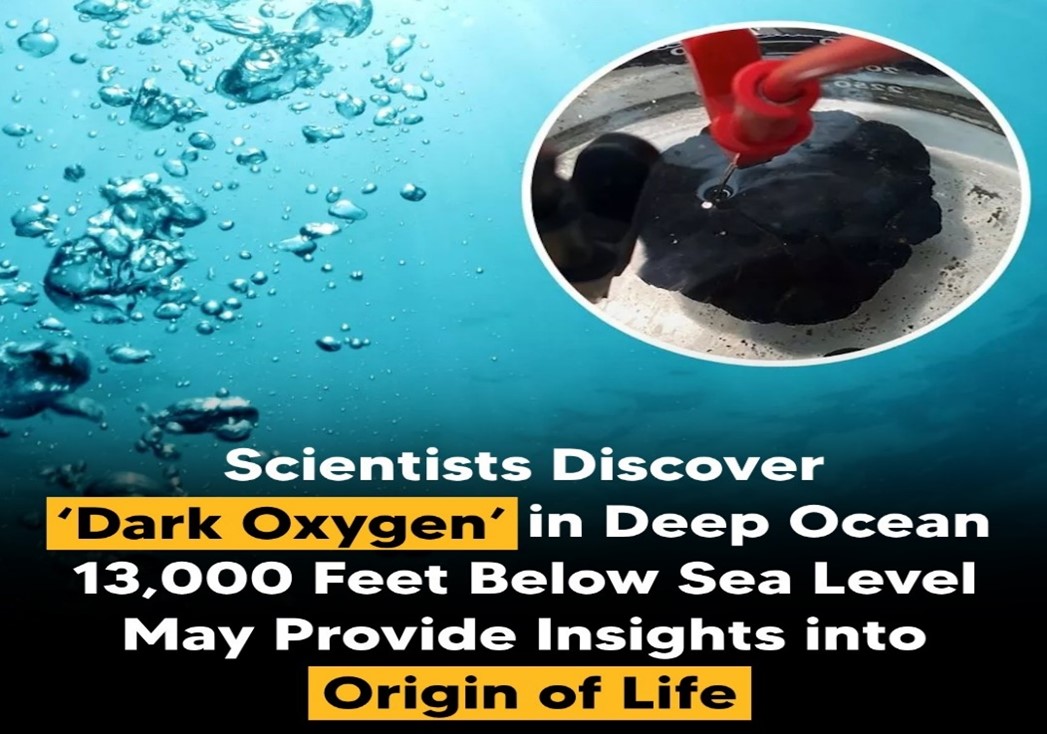PREVIOUS
Dark oxygen
August 12 , 2024
104 days
247
0
- An unknown process is producing oxygen deep in the world’s oceans, where it is too dark for photosynthesis.
- Scientists were conducting the experiments at a depth of 4 kms, they noticed the oxygen concentration in some places rapidly increased instead of decreasing.
- They measured the physical characteristics of the polymetallic nodules; they found their surfaces to have a voltage of up to 0.95 V.
- Splitting one water molecule requires 1.5 V.
- The researchers have suspected the voltage could build up if many nodules are close together, like the cells of a battery.
- Polymetallic nodules are lumps of iron, manganese hydroxides, and rock partially submerged in many parts of the ocean floor.
- If their concentration exceeds 10 kg per sq. m, mining them is considered to be economically feasible.
- The Clarion-Clipperton Zone is to be considered to have the world’s highest concentration of polymetallic nodules.
- It is including 6 billion tonnes of manganese and more than 200 million tonnes each of copper and nickel.
- China alone is expected to mine 17% of the Clarion-Clipperton Zone.

Leave a Reply
Your Comment is awaiting moderation.


